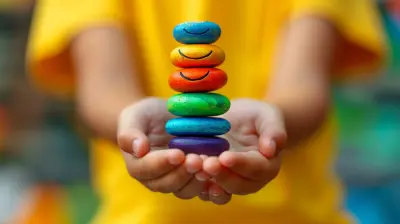How to Develop a Culturally Responsive PE Curriculum
1 June 2025
Physical education (PE) might seem like a straightforward subject—run some laps, play some sports, and maybe sneak in a dodgeball game or two. But here’s the catch: PE isn’t just about breaking a sweat; it’s about fostering inclusivity, cultural awareness, and lifelong fitness habits.
So, how do you create a PE curriculum that resonates with students from diverse cultural backgrounds? No worries, I’ve got your back. Let’s dive into the ins and outs of developing a culturally responsive PE curriculum—one that makes every student feel seen, valued, and engaged. 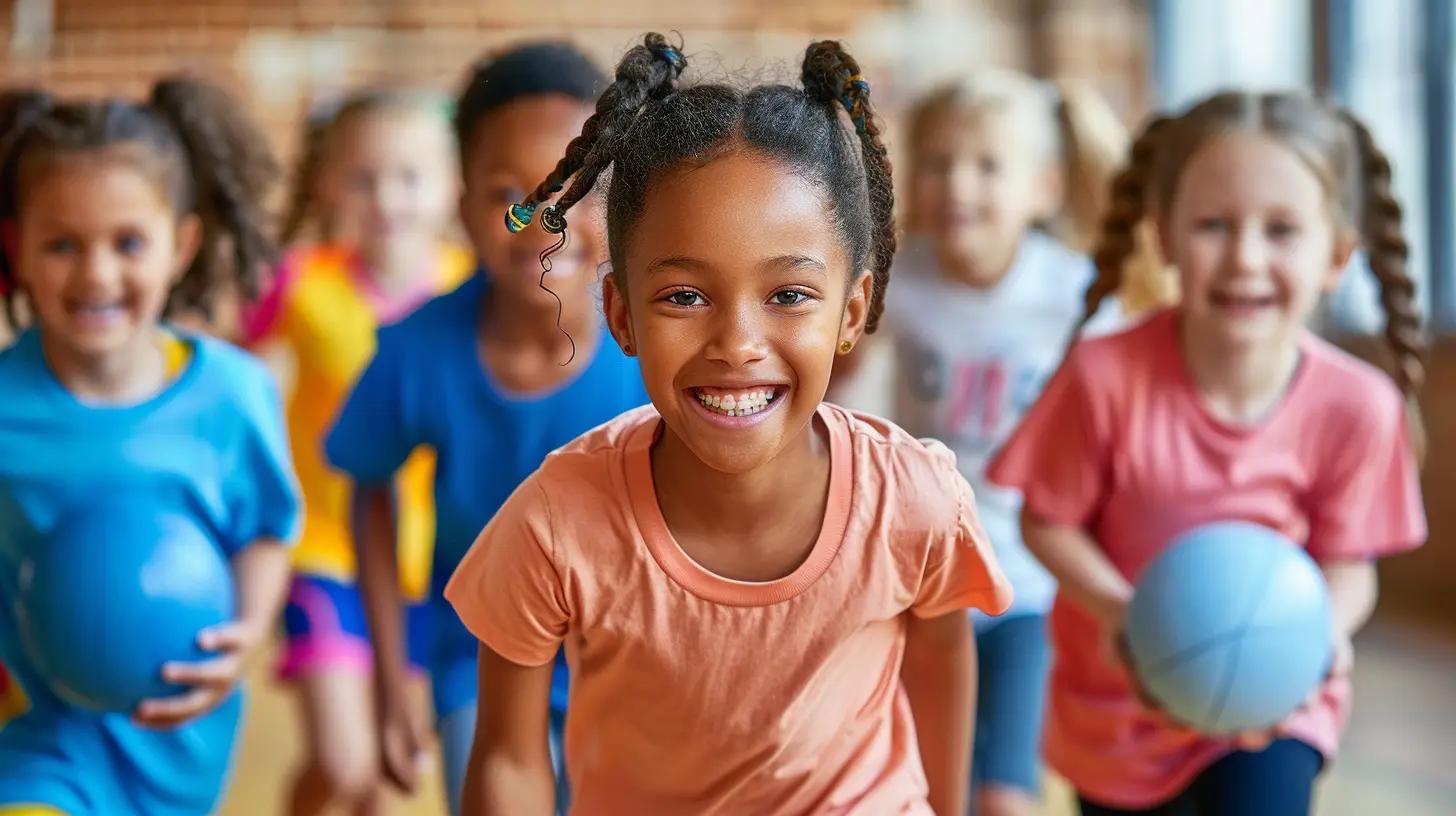
🔥 Why Cultural Responsiveness in PE Matters
Think about it: Culture shapes everything we do—including how we move. Some cultures emphasize team sports, while others focus on individual physical activity. Some students grow up learning traditional dances, while others thrive in martial arts.If we don’t incorporate cultural diversity into our PE curriculum, we’re not just ignoring an essential part of students' identities—we’re also missing a golden opportunity to motivate and empower them.
A culturally responsive PE curriculum:
✅ Encourages inclusivity and respect
✅ Helps students connect with physical activity on a deeper level
✅ Boosts engagement by making PE more relevant
✅ Encourages students to embrace fitness beyond the classroom
Still with me? Good. Now let’s get into the how of making it happen. 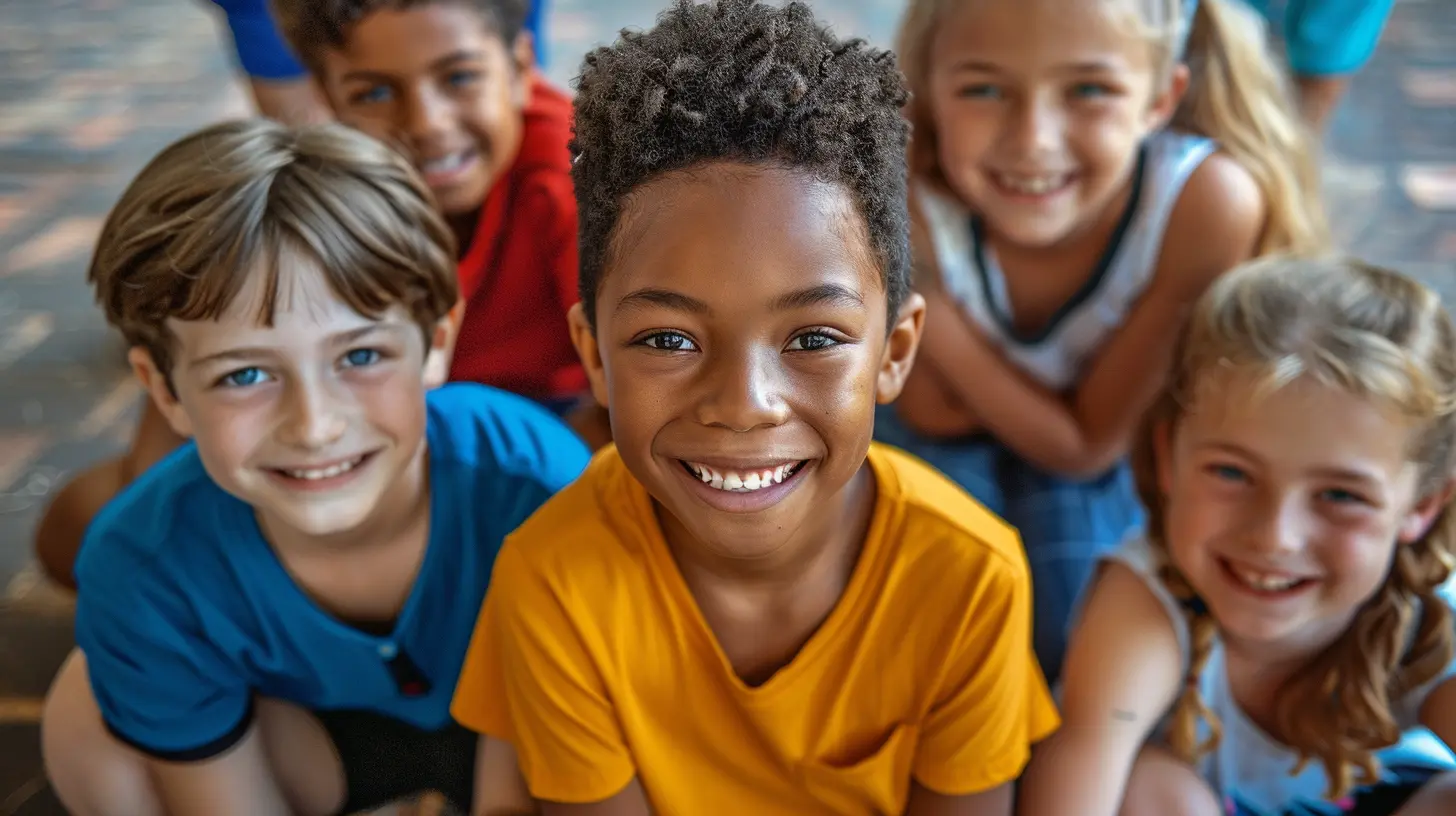
🏗️ Step 1: Understand Your Students’ Cultural Backgrounds
Before you can create a culturally responsive curriculum, you need to understand who’s in your classroom.🤝 Get to Know Their Stories
Start with a simple survey or discussion. Ask students:✔ What sports or physical activities are popular in their culture?
✔ What games did they play as kids?
✔ Are there any movement-based traditions or dances in their families?
By collecting this information, you can start designing a curriculum that reflects their lived experiences.
🏫 Involve the Community
Reach out to parents, local cultural groups, and community leaders. They can offer insights into traditional physical activities from different backgrounds and even teach students firsthand. Imagine a guest instructor teaching Capoeira, Taiko drumming, or Indigenous running techniques—how cool would that be?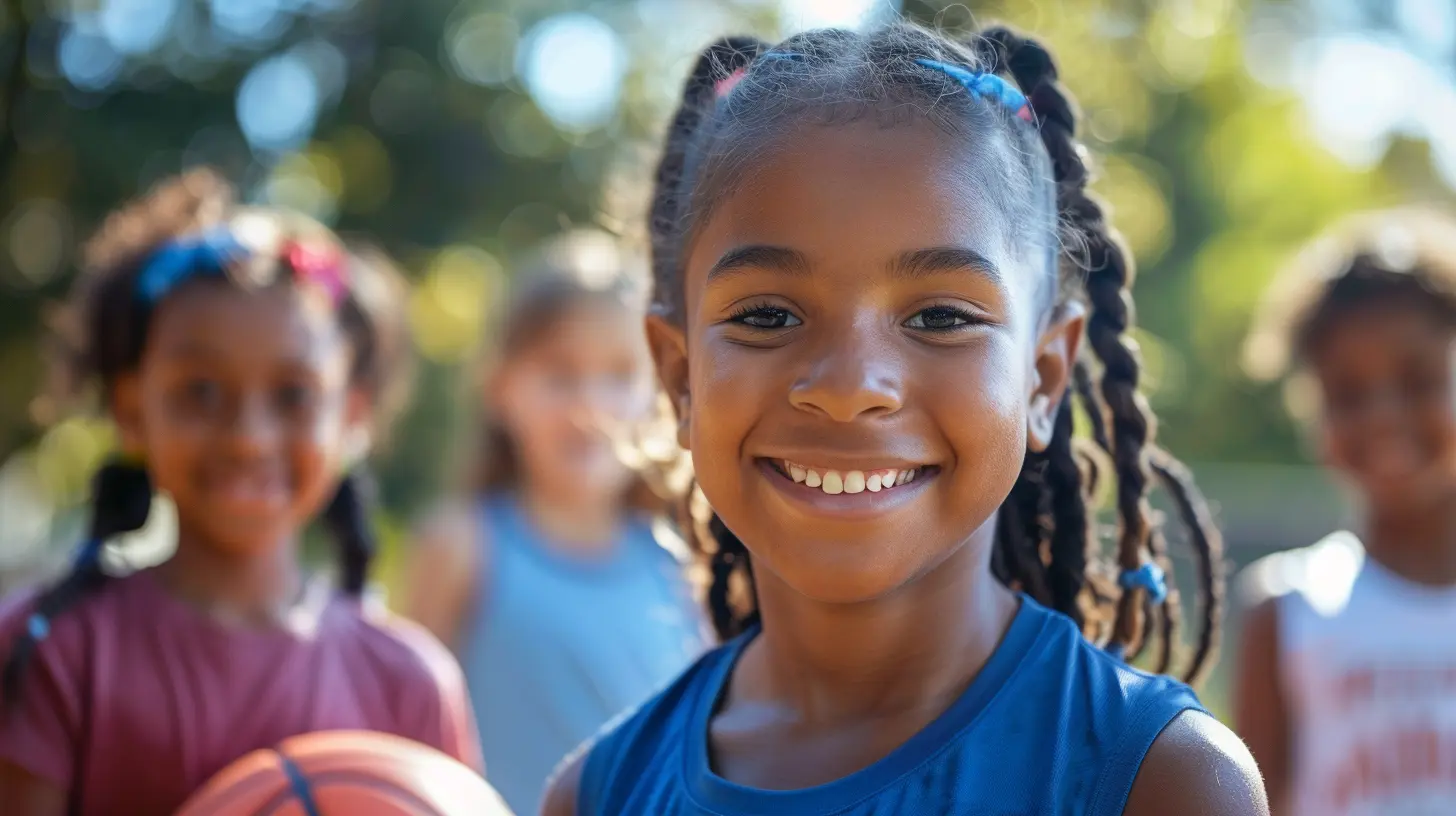
⚖️ Step 2: Diversify Your Activities
Now that you know your students’ cultural backgrounds, it’s time to shake up your PE routine.🌍 Introduce Global Games & Sports
Most PE curriculums focus on mainstream sports like basketball, soccer, and baseball. But why stop there? There’s an entire world of movement-based activities out there!Here are some awesome culturally diverse games to consider:
🎯 Sepak Takraw (Southeast Asia) – A high-energy sport similar to volleyball, but played with a rattan ball and only using feet, head, knees, chest, and shoulders.
🥋 Kabaddi (India & South Asia) – A strategic, fast-paced game that’s a mix of tag and wrestling.
👑 Gaga Ball (Jewish communities) – A dodgeball-style game played in an octagonal pit—quick reflexes required!
🏃 Chaskele (Ghana) – A stick-and-ball game, somewhat like field hockey, played with local materials.
Adding games like these not only “spices up” your curriculum but celebrates cultural heritage in an engaging, physical way. 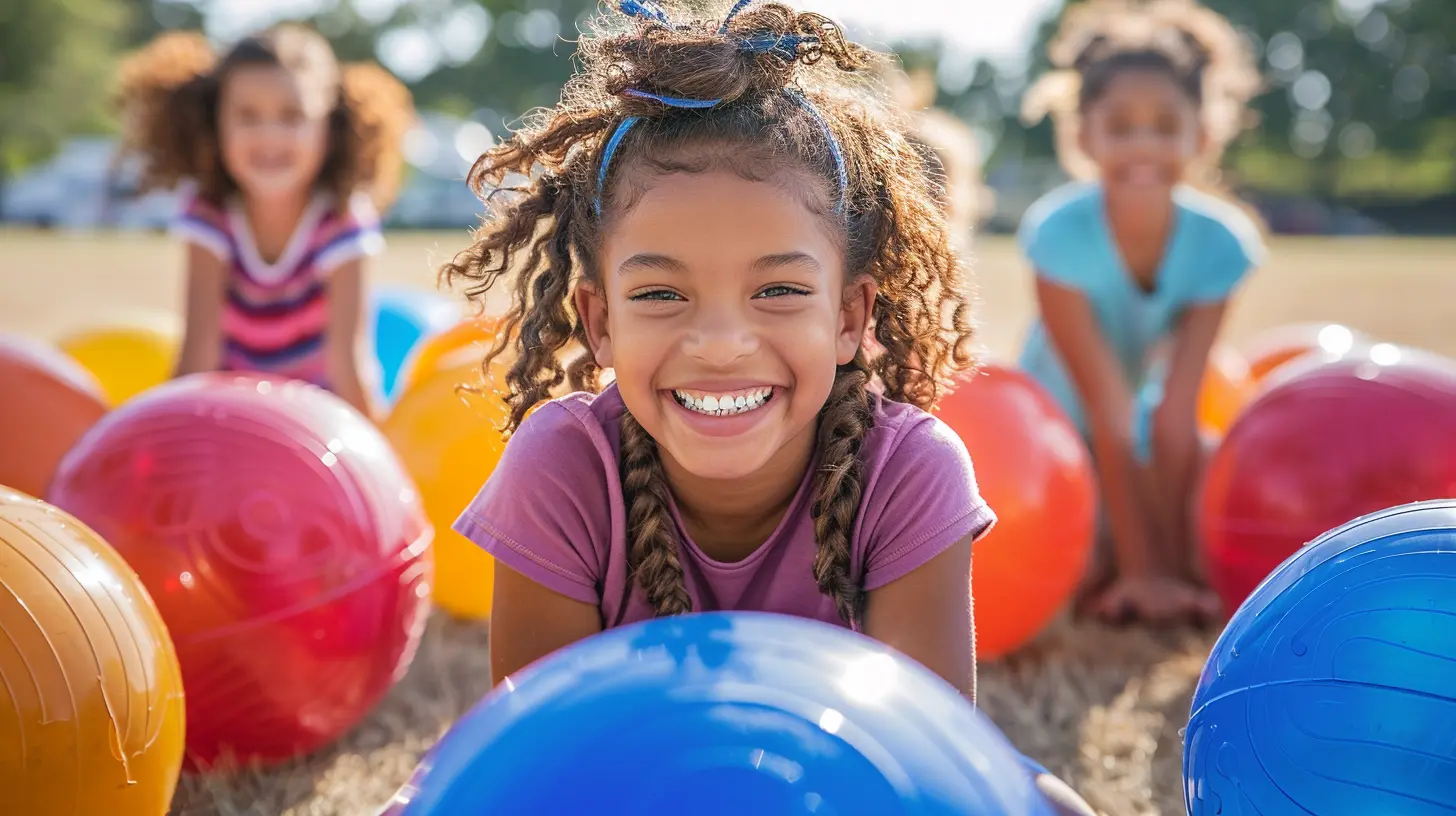
🎭 Step 3: Incorporate Dance & Movement
Sports aren’t the only way to get moving! Many cultures have rich traditions of dance and movement-based exercise—and integrating them into your PE curriculum can be an absolute game-changer.💃 Try These Culturally Enriching Dance Forms:
🔥 Hula (Hawaii) – A deeply spiritual dance that tells stories through movement
🔥 Zumba (Latin America) – A high-energy mix of dance and aerobics
🔥 Bhangra (India/Punjab) – A vibrant, high-intensity folk dance
🔥 African Drumming & Dance – Great for rhythm, coordination, and full-body exercise
Not only does this enhance motor skills and coordination, but it immerses students in cultural traditions in a way that’s interactive and fun.
🎓 Step 4: Promote Cultural Awareness & Respect
It’s not just about doing different activities—it’s about understanding and respecting the cultures behind them.🗣 Teach the History Behind the Moves
When introducing a new sport or dance, don’t just give students the "what"—give them the "why".✔ Where does this activity come from?
✔ How is it traditionally played or performed?
✔ What cultural significance does it hold?
By adding this layer of learning, students develop a deeper appreciation for the activity and the culture it represents.
📣 Encourage Open Discussions
Create a classroom environment where students feel comfortable sharing their own experiences and traditions. Encouraging dialogue fosters cultural exchange and builds a community of mutual respect.You could even have students present a traditional sport or activity from their background—turning PE into a cross-cultural learning experience.
🎯 Step 5: Modify & Adapt for Inclusivity
Every student, regardless of their background or ability level, should feel included and capable in PE class.🔄 Adapt Based on Student Needs
Some students may have never played a certain sport before, so tweak the rules or offer modified versions to make activities more accessible.🏐 Lower the net for volleyball if needed
🏃 Give extra time for students learning a new game
🎭 Offer non-competitive versions of sports for students who prefer them
🌟 Emphasize Individual & Team Growth
Instead of focusing solely on competition, highlight teamwork, collaboration, and personal improvement. Some students thrive in cooperative activities, while others prefer self-paced fitness challenges. A balanced approach ensures everyone benefits.🔗 Step 6: Connect PE to Students’ Daily Lives
A culturally responsive PE curriculum shouldn’t feel like a random collection of activities—it should inspire students to stay active beyond the gym.🚀 Encourage Family Engagement
Some students might not be familiar with traditional school sports, but they may engage in active cultural practices at home. Encourage them to:✔ Share a physical activity they do with their family
✔ Teach a movement-based tradition to their classmates
✔ Participate in community sports leagues
🌍 Relate PE to Real-World Physical Activities
Not every student will grow up to be a basketball star, but they will need to stay active for a healthy life. Help them find activities that align with their personal and cultural preferences—whether that’s yoga, dance, martial arts, or hiking.🏁 Final Thoughts
Creating a culturally responsive PE curriculum is about more than just adding a few international games to the mix. It’s about honoring students’ backgrounds, fostering inclusivity, and helping all learners feel connected to movement.The goal? A PE class where every student—regardless of culture, ability, or background—feels empowered and excited to move.
So, are you ready to shake up your PE curriculum? Start small, try new activities, and most importantly—listen to your students. They’ll guide you toward a program that’s not just physically enriching but culturally inspiring.
Now get out there and make PE something every student loves!
all images in this post were generated using AI tools
Category:
Physical EducationAuthor:

Olivia Lewis
Discussion
rate this article
3 comments
Sara Huffman
Great insights on creating a culturally responsive PE curriculum! Incorporating diverse cultural perspectives not only enriches students' learning experiences but also fosters inclusivity. Consider including specific examples of activities or assessments that highlight different cultures to further enhance engagement. Looking forward to seeing more!
June 14, 2025 at 4:23 AM

Olivia Lewis
Thank you for your thoughtful feedback! I appreciate your suggestion to include specific examples and activities. I will definitely consider that for future updates. Stay tuned!
Malia Porter
This article beautifully emphasizes the importance of inclusivity in physical education. Developing a culturally responsive curriculum not only enhances student engagement but also fosters respect and understanding among diverse backgrounds. Thank you for providing such valuable insights; it’s a crucial step toward creating a more equitable learning environment for all students.
June 5, 2025 at 4:25 AM

Olivia Lewis
Thank you for your thoughtful response! I'm glad you found the insights valuable in promoting inclusivity and respect in physical education.
Damien Hodge
Embrace diversity to empower every student's potential!
June 3, 2025 at 2:33 AM

Olivia Lewis
Absolutely! Embracing diversity in our PE curriculum not only enriches the learning environment but also ensures that every student feels valued and empowered to reach their full potential.
